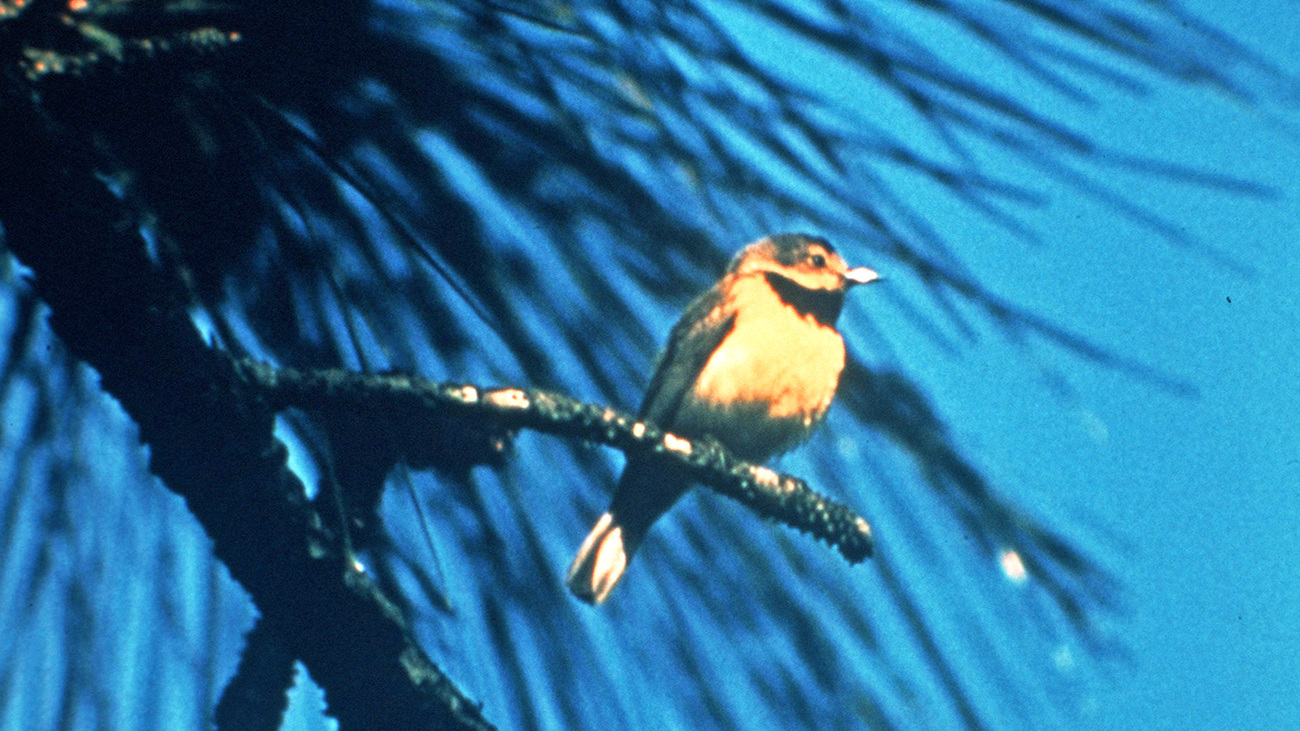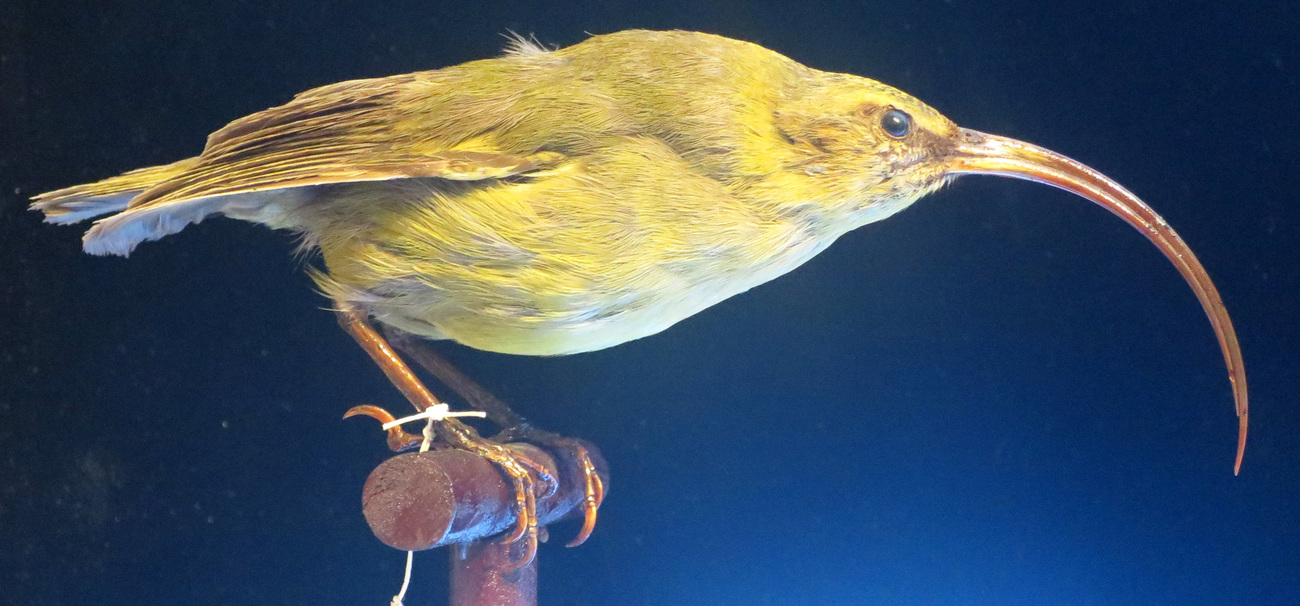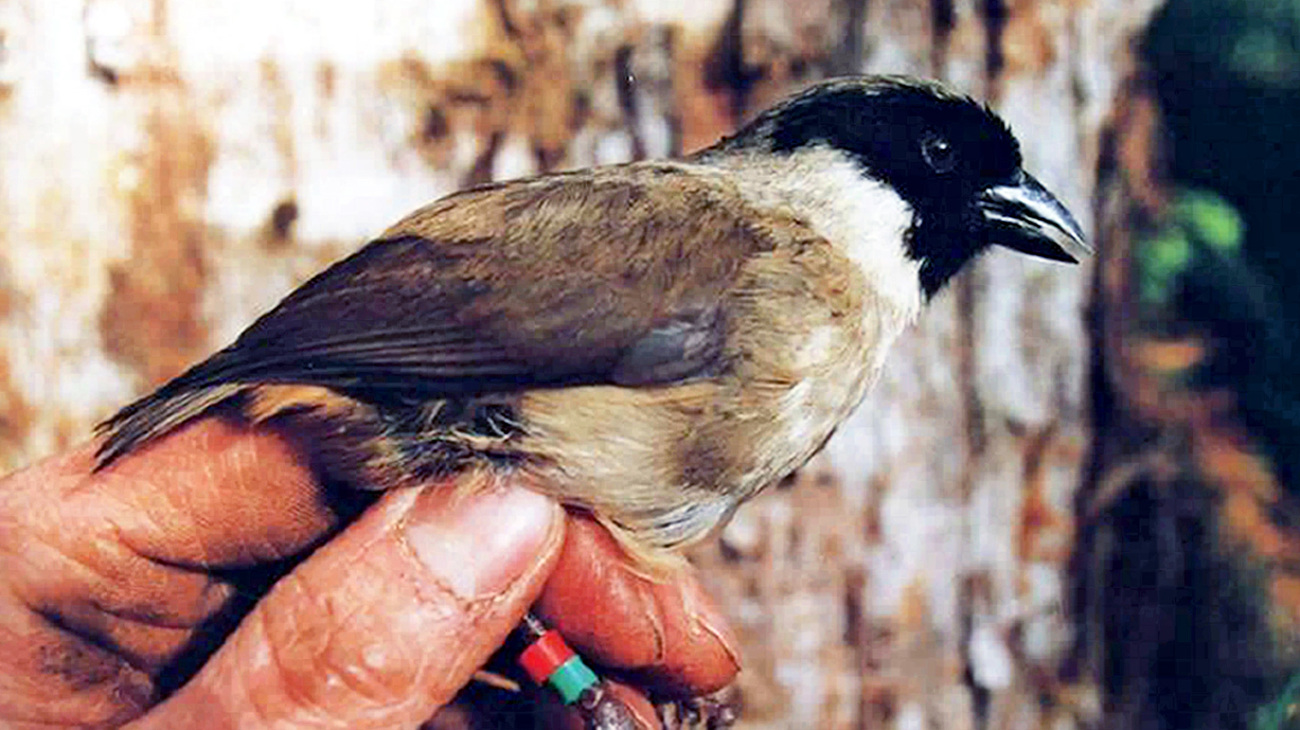21 species have been removed from the Endangered Species Act due to extinction
21 species have been removed from the Endangered Species Act due to extinction

On October 16, the US Fish and Wildlife Service (USFWS) announced its plan to remove 21 species from the list covered by the Endangered Species Act (ESA) due to their extinction. This includes 10 birds, 8 mussels, two fish, and one mammal. The action signals the dire situation biodiversity is facing, both in the US and around the globe.
“The threat of extinction is becoming a reality for a growing number of imperiled species,” stated Danielle Kessler, IFAW’s US Director, “and this serves as a grim and urgent reminder that robust support for our nation’s bedrock wildlife protection laws remains critical.”
Based on reviews of the data available on these species, USFWS determined that they are extinct and therefore should be removed from the list of species protected under the ESA. Some of these species have sadly not been sighted in the wild since the 1960s.

The confirmed extinction of these animals highlights the need to prioritize urgent conservation action, especially in the face of climate change and habitat loss, disease, and invasive species—threats exacerbated by human activities and intrusion into nature.
What are the 21 delisted species?
Among the 21 species delisted from the ESA, one was a mammal—the little Mariana fruit bat. This bat was native to Guam and the Mariana Islands, and it was originally given protection under the ESA in 1984, making hunting of the bat illegal. Poaching continued to pose a threat, in addition to introduced species, volcanic eruptions, and the increasing severity and frequency of typhoons. There have been no confirmed sightings of the little Mariana fruit bat since 1968.

The Bridled white-eye, one of the 10 bird species, was also native to Guam. A small green passerine, this bird was first protected under the ESA in 1984, but there have been no confirmed sightings since 1983. Another now-extinct bird, the only one native to the continental US, is Bachman’s warbler. Formerly a resident of the US Southeast, the drainage of swamplands and other human activities have destroyed its habitat.

The other eight bird species were all native to Hawaii. Four were found on the island of Kauai—the Kauai akialoa, Kauai nukupuu, Kauai ʻōʻō, and large Kauai thrush—while three were endemic to Maui: the Maui ākepa, Maui nukupuu, and po‘ouli. Also known as the black-faced honeycreeper, the po‘ouli had confirmed sightings as recently as 2004. The Molokai creeper, native to the island of Molokai, has also been declared extinct. These birds faced a range of threats to their survival, from habitat destruction to introduced species and disease-carrying mosquitoes.

Eight mussel species have been delisted: the flat pigtoe, southern acornshell, stirrupshell, upland combshell, green-blossom pearly mussel, tubercled-blossom pearly mussel, turgid-blossom pearly mussel, and yellow-blossom pearly mussel. All of these mussels were previously found in the US Southeast, ranging from Mississippi and Alabama to Tennessee and Virginia—and in the case of the tubercled-blossom pearly mussel, as far north as Ohio, Michigan, and Illinois.
What’s causing the decline of mussels in the US? According to the US Department of Agriculture (USDA), habitat loss is the number one threat. Dams, dredging, and channelization, as well as silting and contaminants, have likely contributed the most to the extinction of these species.
Of the two delisted fish species, the first is the San Marcos gambusia, which was once found in Texas, in the headwaters of the San Marcos River. The other is the Scioto madtom, which was found in Ohio but hasn’t been spotted since 1957.

What is the Endangered Species Act?
This announcement comes as the ESA turns 50 years old in 2023. Enacted in 1973, the ESA was passed to grant legal protection to endangered species—today, over 1,400 animal species are included. Under the ESA’s protection, notable species like the bald eagle and American alligator have made full recoveries.
According to the USFWS, “The ESA has been highly effective and credited with saving 99% of listed species from extinction and to date, more than 100 species of plants and animals have been delisted based on recovery or reclassified from endangered to threatened based on improved conservation status, and hundreds more species are stable or improving thanks to the collaborative actions of Tribes, federal agencies, state and local governments, conservation organizations and private citizens.”
IFAW recently announced the results of a survey which found that 85% of Americans support the implementation of measures under the Endangered Species Act to prevent extinctions.
Continuing to support this act and other important laws will help protect wildlife and prevent more from becoming extinct. Learn more about IFAW’s policy initiatives and how we work around the world to protect endangered species.
Related content
Every problem has a solution, every solution needs support.
The problems we face are urgent, complicated, and resistant to change. Real solutions demand creativity, hard work, and involvement from people like you.